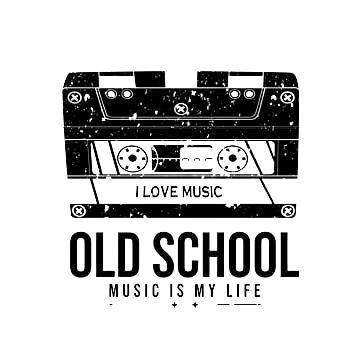It can feel like truly great album artwork is a thing of the past. There are rare exceptions, such as the Brat artwork that Charli XCX unveiled earlier this summer, which became iconic for its polarising, seemingly throwaway quality. Yet, record sleeves rarely make the same impact these days. Much of this is due to how we consume music in the digital age, but it doesn’t stop us from reflecting on a time when bands like Led Zeppelin perfected the art of the album cover, making it an integral part of the listening experience.
The first to really weaponise the allure of the album cover were The Beatles, who supplied many iconic artworks for their game-changing efforts, including that of 1967’s Sgt. Pepper’s. Due to their efforts, by the final years of the 1960s, aesthetics were all the rage, and deemed a vital part of a band’s brand, and every outfit of note were producing classic records that arrived with soon-iconic covers.
So, what is the black object?
Famously, Presence features the front cover of what appears to be a nuclear family sitting at a dinner table around a mysterious black object in front of a marina. In the equally as mysterious inside sleeve – designed to look like a National Geographic feature – another more commanding photograph of the 2001-esque obelisk is placed front and centre, with it only referred to as “The Object”.
Despite frontman Robert Plant being in a wheelchair for the recording of Presence due to suffering a horrific car accident, and it taking a toll on the band, they produced artistic excellence on the record, against the odds. The band was fully aware of the collective power of their musical ability, and the mysterious object was meant to convey the band’s “force and presence”—hence the album title and the nature of epics such as the opener, ‘Achilles Last Stand’.
Hipgnosis and George Hardie created the cover and sleeve. Looking back, Storm Thorgerson, co-founder of the influential art group, said that “The Object” represented the band, as they were “so powerful, they didn’t need to be there”. Led Zeppelin was also fully behind the use of the black entity, with the members saying it made people reflect on truth and fiction, just as the music did.
Talking of questioning what’s real and what isn’t, the background of the cover photo isn’t even a real marina. It was an installation at London’s Earl’s Court arena in the winter of 1974-1975 for the annual Boat Show. Just a few months after it, the band played a famous series of concerts there in May. It made sense.

